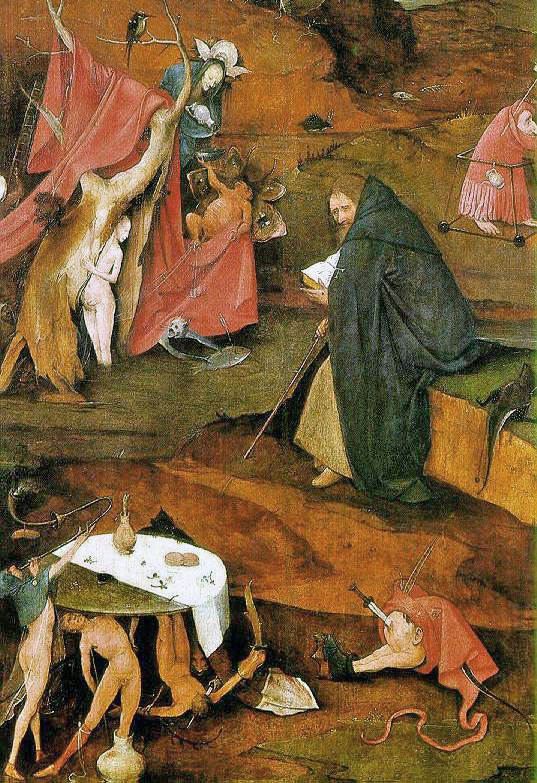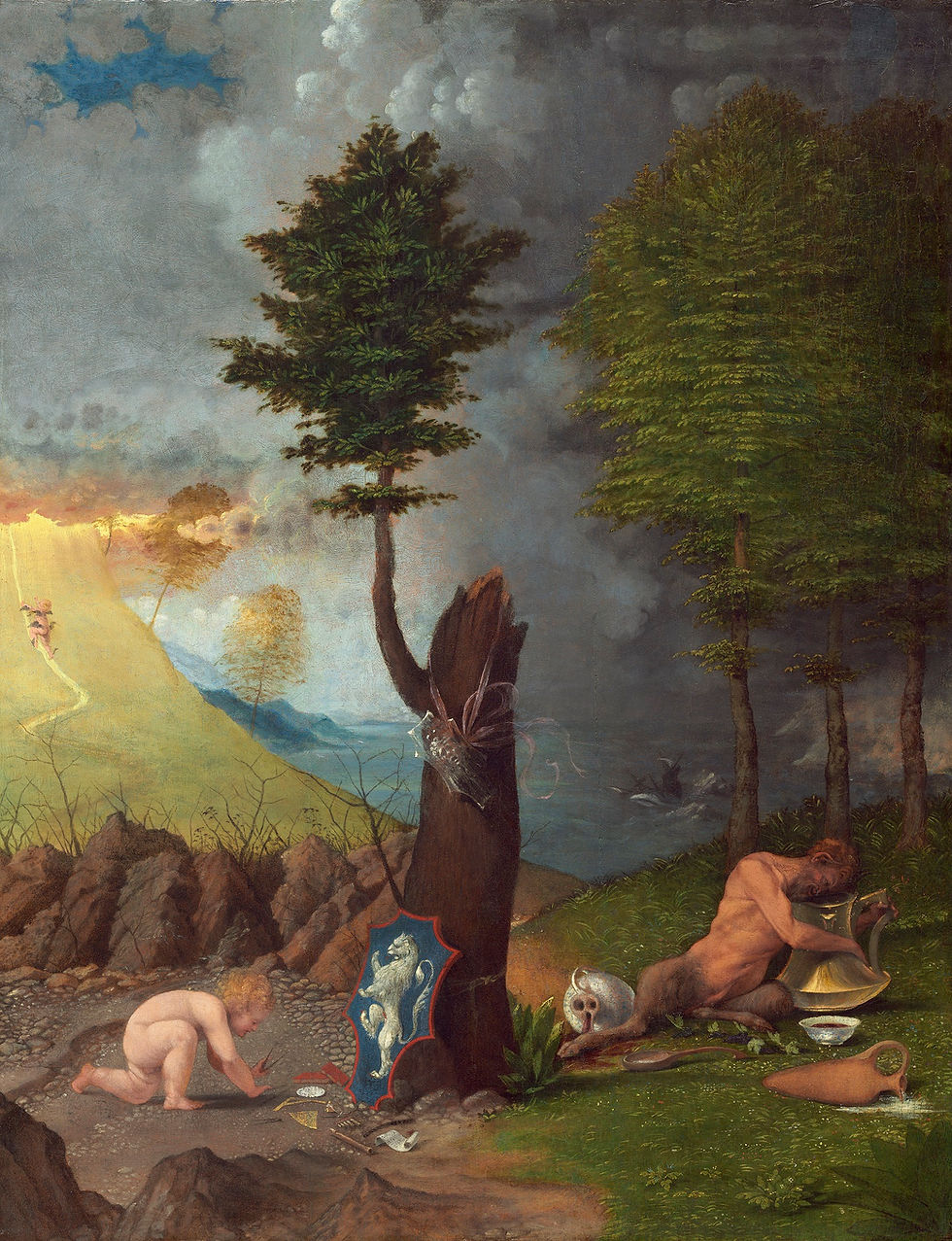
THE CHEAT WITH THE ACE OF DIAMONDS (LE TRICHEUR A L'AS DE CARREAU)
Georges de La Tour (1593-1652)
c. 1635-1638
Oil on canvas, 106 x 146 cm
Musée du Louvre, Paris
Works dating from the 15th to the 17th century are loaded with moral messages from the Church. Many artists wished to remind their audiences that sinners were barred from Heaven. Cheat with the Ace of Diamonds is very much in this vein.
"With great refinement and a splendid eye for composition, Georges de la Tour illustrates here the opposition of innocence and vice. The young man shown in the painting is subject to the period’s three major temptations: gambling, wine and lust. Four figures are shown at a table, playing cards. They seem frozen in time. To the right, a young, well-dressed man examines his cards. He is isolated from the other players and seems excluded from their complicity, shown through fleeting glances. Slightly off to one side, a woman with a sophisticated hairpiece and plunging décolleté, draws us, through her expression and gestures, to the left of the composition. Here, another player, half-hidden by the shadows, discreetly pulls an ace of diamonds from the back of his belt. Between him and the courtesan, a servant pours some wine. The situation is quite clear: the young man, drawn to the game by the charming courtesan, is drunk and will soon lose everything to the man on the left" (Source : Le Louvre).

THE CHEAT WITH THE ACE OF CLUBS
Georges de La Tour (1593-1652)
ca. 1630-1634
Oile on canvas, 97.8 x 156.2 cm
Kimbell Art Museum, Fort Worth, Texas, United States
Cheat with the Ace of Diamonds is actually a variation on Cheat with the Ace of Clubs, painted a few years earlier. The painter’s choice of cards is no accident. The suit of diamonds evokes money and commerce of the flesh, while the spade symbolises ill fortune. Georges de la Tour’s two cheats appear to be playing a game of ‘Primero’. Four cards of four different suits make up a primero. There are many different versions of this game, but the general principle is to assemble the four suits into a single hand of four cards. Primero was very popular in 16th-century Europe, particularly in Italy, Spain, Portugal, France and England, and even in German-speaking countries.
While card games were condemned by the Church – as far as excommunication, in some cases – they were also forbidden by the king. This did nothing to impede their popularity. Games of ‘Pharaoh’ were particularly fashionable at the Versailles of Louis XV and XVI. Players could lose huge amounts of money. Casanova wrote in his autobiography, Histoire de ma Vie, that one should never place a bet in Pharaoh if one wants to win; he recounts his own role in the fixing of one of these games alongside a Milanese ‘luck corrector’, as they such people were known.
A FEW MORE EXHIBITED WORKS ABOUT DRUNKENNESS CONSIDERED AS A MORTAL SIN BY THE RELIGIOUS MORALITY IN THE 16th-17th CENTURIES


An Allegory of Gluttony, H. Bosch

An Allegory of Intemperance, H. Bosch

Temptations of St Anthony, H. Bosch

Allegory of Virtue and Vice, L. Lotto

A Woman Asleep, J. Vermeer

